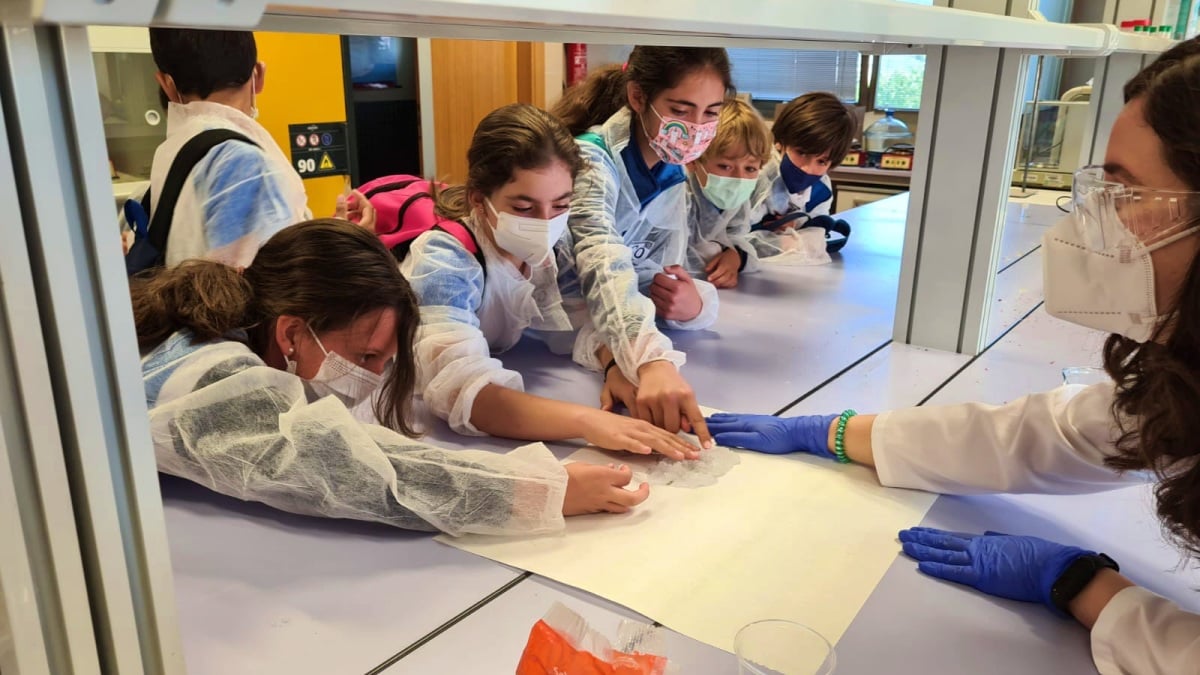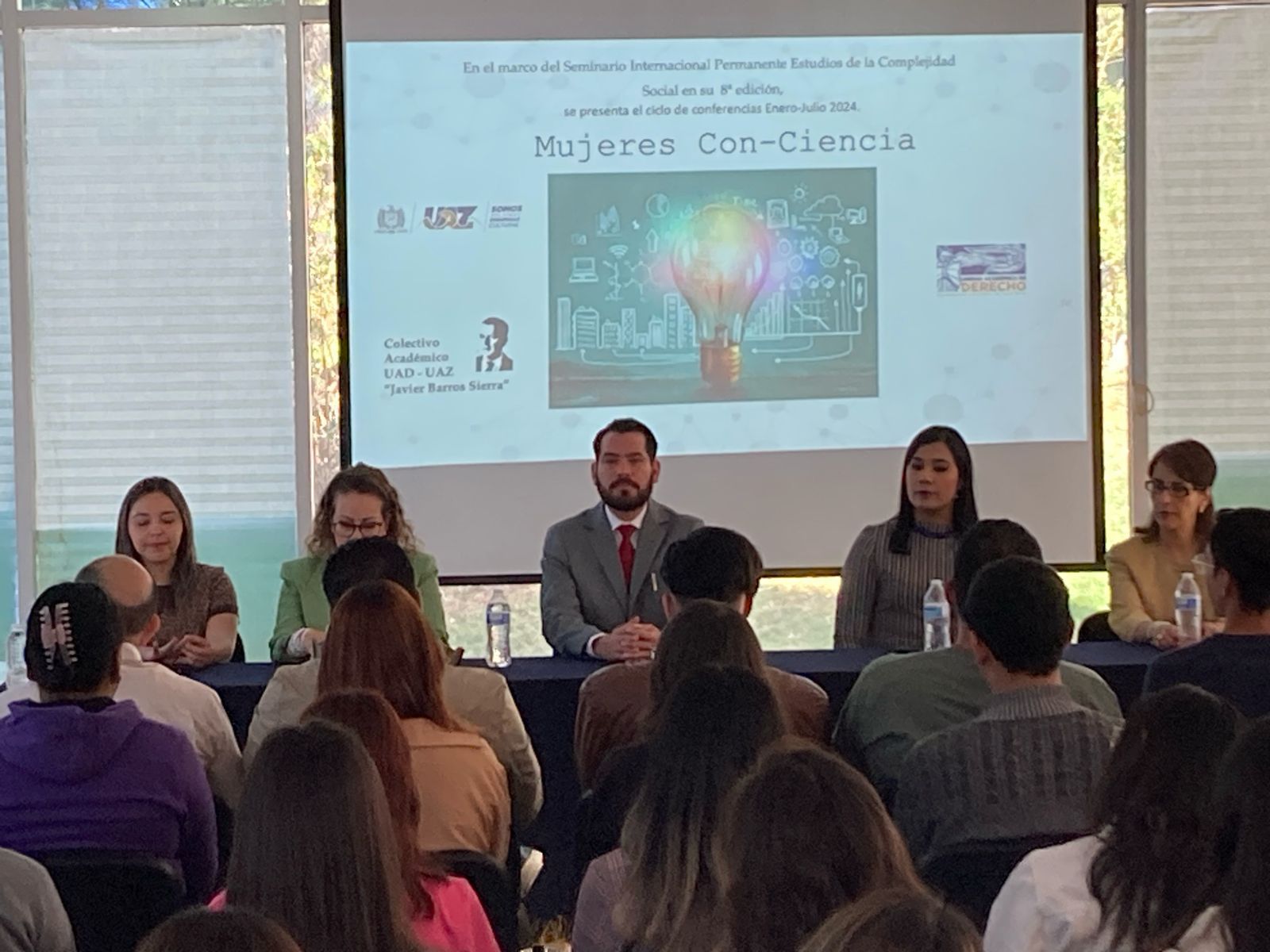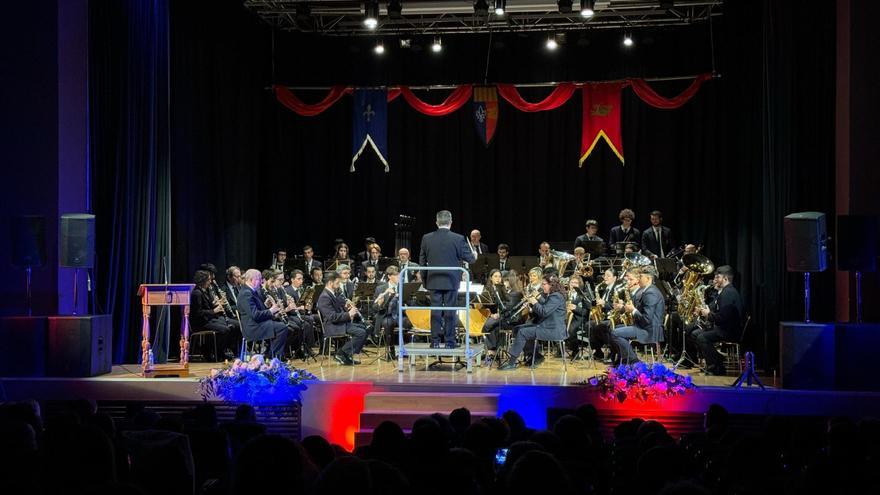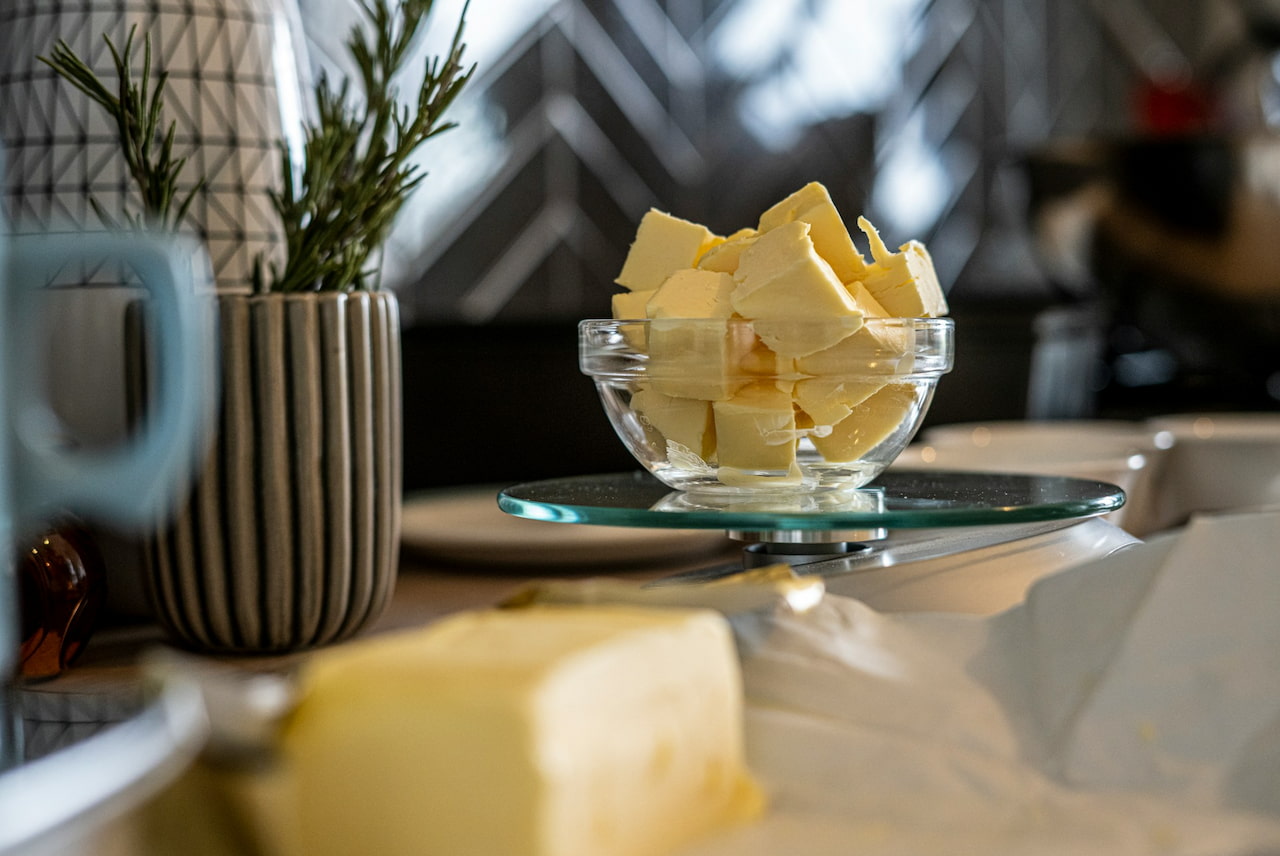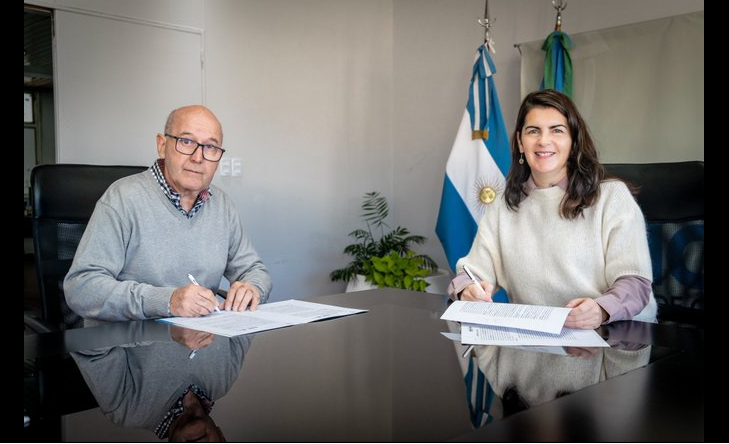Do you know what we breathe? Do you know what star fuel is? Do you know what your clothes are made of? These and other questions were answered by researchers from the Regional Institute for Applied Scientific Research (IRICA) of the University of Castilla-La Mancha (UCLM) on the Ciudad Real campus during a visit to their laboratories by more than 300 students of primary education in the region. The goal of this activity, which is now in its third edition, is to encourage children to love science and awaken scientific calls from an early age.
A total of 336 primary education students visited the facilities of the Regional Institute for Applied Scientific Research (IRICA) at the Ciudad Real campus of the University of Castilla-La Mancha (UCLM) during the opening day set up by the center with the aim of encouraging children to savor science, awakening scientific careers and imparting the potential it offers. Experimentation when it comes to knowledge generation.
fifth and sixth graders from the Nuestra Señora del Prado-Marianista, Alcalde José Cruz Prado, José María de la Fuente, Don Quijote and ngel Andrade schools in Ciudad Real; and La Merced, from Miguelturra (Ciudad Real), have had the opportunity to learn about IRICA’s laboratories and their researchers, and have been champions in some of the experiments related to the fields they work in, such as physics, food technology and analysis. and organic and inorganic chemistry.
During the visit, the researchers answered questions such as whether we know what we breathe, what happens to the fluid that falls on diapers, what star fuels or clothes we wear, and they taught the students to make silver mirrors using sugar.
In addition, during the same period, thanks to the high-resolution images of the electron microscope, “young scientists” saw nanometer structures on a scale imperceptible to the human eye; They have learned the pellet technique used by the great chefs in their restaurants that allows the texture of food, and liquids in general, to be changed and turned into a kind of gel; They were able to modify the color of food and recognize basic flavors.
On this day, school students also participated in experiments related to electricity, magnetism and the intense pressure exerted by the atmosphere. Regarding the latter, they glued the two hemispheres without glue, boiled water without heating it, and even inflated the balloon without inflating it

